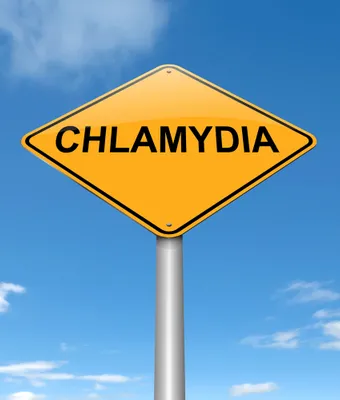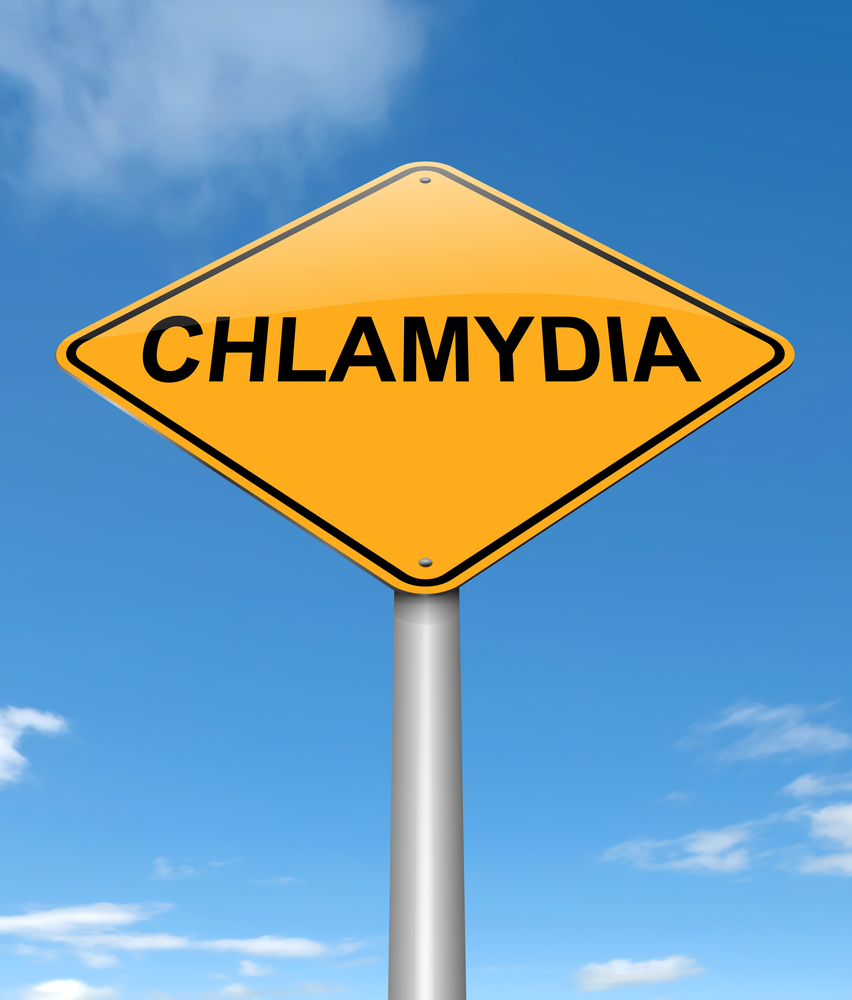
The sexually transmitted disease in question is chlamydia, which can be easily treated with antibiotics. However, if left untreated chlamydia can have a significant impact on an individual’s health: for example, it may make it more difficult for a woman to become pregnant.
Symptoms of chlamydia include abdominal pain with fever, pain while having sex, itching or burning around the genitals, pain during urination, and abnormal discharge from the penis or vagina. That said, it can be hard to diagnose chlamydia, as roughly 75 per cent of infections in women and roughly half of all infections in men go without visible symptoms–a significant factor in its spread across the U.S.
But now there’s some good news: the Centers for Disease Control and Prevention (CDC) have found that the rate and number of chlamydia cases dropped by 1.5 percent last year. The CDC says it’s difficult to determine why the number of chlamydia infections dropped.
Despite the reduced rate of chlamydia cases, it remains the nation’s most prevalent STD. The CDC says there were still 1.4 million new cases reported last year alone.
It’s worth adding that the number of gonorrhea cases also declined during the past year, though the drop was less significant (less than one percent).
Unfortunately, the CDC did have some bad news: during the past year the number of serious syphillis cases rose by roughly 10 percent, to 17,375 cases.



